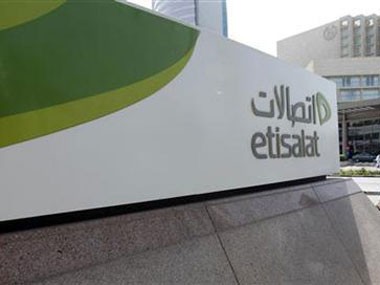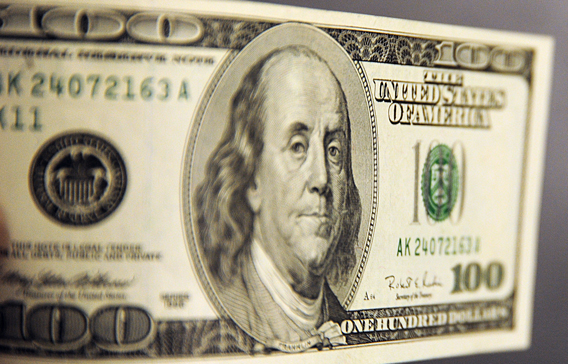The Egyptian pound (EGP) will most likely see some further strength over the next 6
months, building on its 3.9% appreciation the dollar in the year-to-date, according to Fitch Solutions in its “Africa Monitor: North Africa” report recently released.
The report forecasts that EGP will make further gains against the dollar in 2019, ending the year at EGP 17 against the US dollar, down from EGP17.16 per US dollar at the time of preparing the report. However, the Egyptian currency will face some further upside pressure as the real interest
rate gap between Egypt and the US widens over the coming months.
 Furthermore, Fitch Solution believes that since the devaluation, the impact of these movements has been dulled by the Central Bank of Egypt’s (CBE) use of a ‘repatriation mechanism’ – a facility that pays guaranteed foreign currency returns to debt investors from a dedicated share of currency reserves.
Furthermore, Fitch Solution believes that since the devaluation, the impact of these movements has been dulled by the Central Bank of Egypt’s (CBE) use of a ‘repatriation mechanism’ – a facility that pays guaranteed foreign currency returns to debt investors from a dedicated share of currency reserves.
With this facility being eliminated for new investors since 4 December 2018, Fitch Solutions expects changes to Egypt’s real interest rate to begin having a more material impact on currency inflows.
“CBE likely to step in to avoid a strong appreciation that could increase import demand and
damage the competitiveness of the manufacturing sector,” the report asserted.
The pound is likely to slowly depreciate from 2020 onwards as real rates once again become
less attractive vis-à-vis the US, the report mentioned, adding that the pound’s long-term depreciation to be gradual, forecasting it to finish at EGP 17.30 against US dollar in 2020, just 1.8% lower than end-2019 forecast.
Moreover, the report cites that trade tensions would continue to pose a danger to global growth, with the US Trump administration once again hardening its rhetoric against both China and the EU after months of relative calm.
Increased punitive measures could spark another bout of risk-off sentiment, which would hit emerging markets especially hard. Fitch Solutions expects that this would trigger some degree of capital flight from Egypt (especially of volatile short-term debt instruments) and exert downside pressure on the pound.
Moreover, the report expected Egypt’s fiscal deficit to continue to narrow over the FY2019/20, noting, “We expect the budget shortfall for the fiscal year (ending June 30 2019) to come in at 8.5% of GDP. This is 0.6% points (pp) above our previous forecast, a revision we made due to the
government’s decision to substantially hike public sector wages in February.”
Fitch Solutions believes the deficit will narrow to 6.9% of GDP in FY2019/20 – well below the average of 10.2% observed between FY 2008/09 and 2017/18 – while the primary balance will remain positive.
According to the report spending restraint will contribute the most to the deficit’s reduction, citing the government decision to implement another round of subsidy cuts in mid-2019, targeting petrol, diesel, kerosene and fuel oil which will bring domestic fuel prices in line with international ones.
The government expects these measures to reduce fuel subsidy costs by EGP 36bn in FY2019/20 – equivalent to 4.1% of total non-interest spending in the previous year – implying substantial savings, said the report.
On the other hand, strong revenue growth will also help slim deficits down, the report mentioned, noting, “the Egyptian economy continues to grow apace and we forecast real GDP growth to come in at 5.4% in FY2019/20, slightly above the 5.3% recorded in the past fiscal year.”
However, Egypt’s government debt remains high, standing at 89.5% of GDP by end FY 2017/18, while most of the government’s debt (50.6%) has a maturity of or below one year, the report said.
Tax revenues should continue to grow at a healthy clip in FY2019/20, the report mentioned, adding that the government also plans to resume listing stakes in state-owned enterprises, with Minister of the Public Enterprise Sector, Hesham Tawfik, having said that, shares in eight to ten companies will come up for sale before end-2019.




